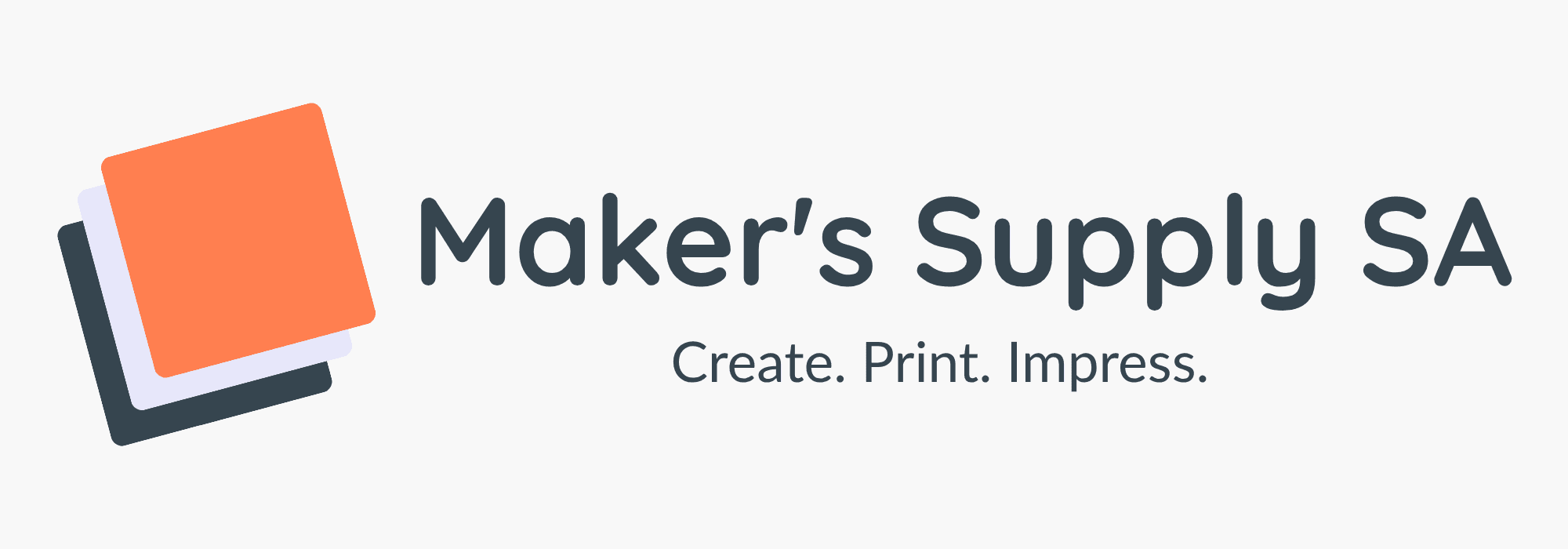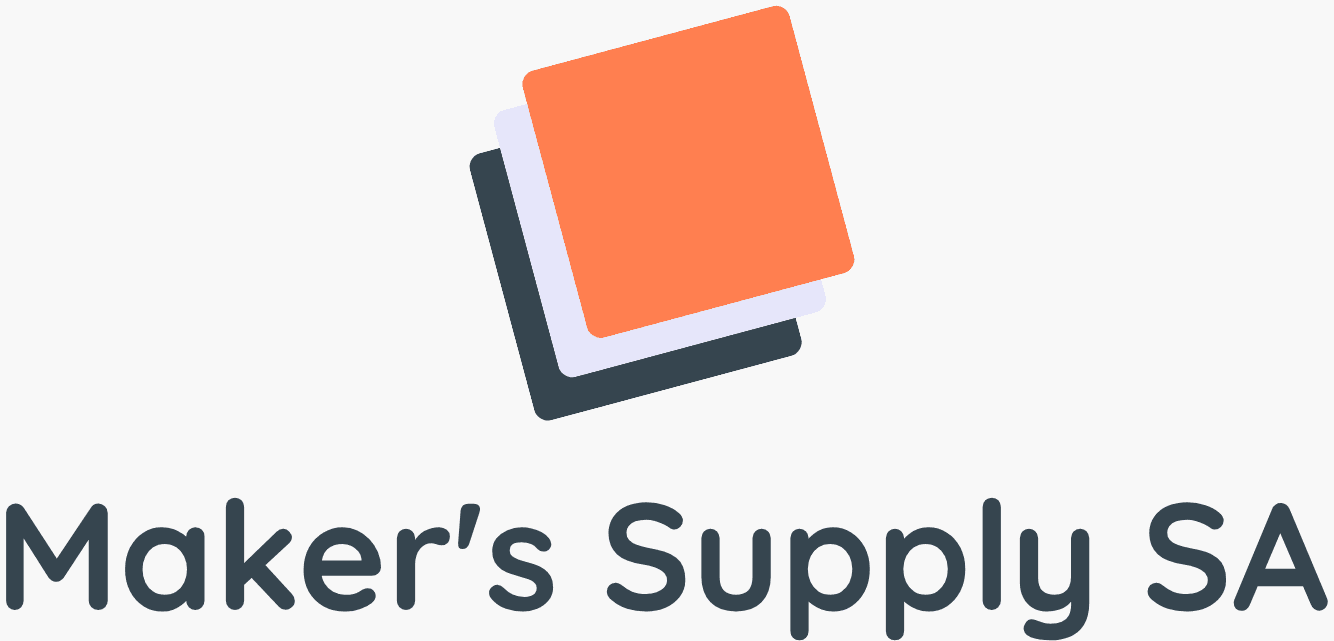Converted Sublimation Printers: Pros, Cons & Are They Worth It?
Converted Sublimation Printers: Pros, Cons & Are They Worth It?
If you’re starting out in sublimation on a tight budget, you’ve almost certainly come across the concept of a converted sublimation printer. It’s known as the most affordable entry point into the world of sublimation printing. But is it the right choice for you? This review breaks down the honest pros, cons, and whether a converted printer is truly worth it.
What is a “Converted” Sublimation Printer?
A converted printer is not designed as a sublimation printer out of the box. It’s a standard inkjet document printer (like an Epson EcoTank). “Converting” it simply means filling its ink tanks with third-party sublimation ink instead of the regular ink it was designed for. This allows it to print sublimation transfers at a very low initial cost.
The Pros: Why People Choose Converted Printers
1. Unbeatable Affordability
This is the number one reason. A converted printer is the cheapest way to start sublimation printing. For hobbyists or those testing a business idea with minimal capital, this low barrier to entry is incredibly appealing.
2. Decent Print Quality
When it works well, a converted printer can produce good quality A4 prints. For many basic projects like mugs and keychains, the quality is more than sufficient.
3. Easy to Source
Standard inkjet printers are widely available, making them easy to find and purchase.
The Cons: The Trade-Offs for a Low Price
1. Voided Warranty
This is the biggest risk. As soon as you put third-party sublimation ink into a standard printer, you void the manufacturer’s warranty. If anything goes wrong with the printer, you are on your own for repairs.
2. No Manufacturer Support
Because you’re using the printer for a purpose it wasn’t designed for, the manufacturer will not provide technical support for any printing issues you encounter.
3. Potential for Clogging
Sublimation ink particles are different from standard ink. This can lead to a higher risk of printhead clogs, which requires regular maintenance and cleaning cycles to manage.
4. No ICC Profiles
Purpose-built sublimation printers come with ICC profiles (colour profiles) that ensure accurate colours. With a converted printer, you’re often left to guess and use trial-and-error to get your colours right, which can lead to wasted blanks. Learn more about colour management here.
Is a Converted Printer Worth It For You?
The answer depends on your goals and risk tolerance.
A converted printer is a good option if:
- You are a hobbyist with a very strict, low budget.
- You are technically-minded and comfortable with troubleshooting potential issues yourself.
- You are just testing the waters of sublimation and are willing to accept the risks for a low startup cost.
You should consider a purpose-built printer instead if:
- You are starting a business and need reliability and consistency.
- You want the peace of mind of a manufacturer’s warranty and support.
- You want accurate colours right out of the box without guesswork.
The Alternative: Purpose-Built Sublimation Printers
If the cons of a converted printer seem too risky, purpose-built printers like the Epson SureColor F100 or the Brother SP1 are fantastic alternatives. While they cost more upfront, they are designed for sublimation, come with a full warranty, and offer a much smoother, more reliable user experience.
See our full comparison: Beginner Sublimation Printer Comparison.
Final Verdict
A converted printer for sublimation is a viable, budget-friendly entry point, but it comes with significant trade-offs. It’s a “get what you pay for” scenario. If you understand and accept the risks, it can be a great little machine. However, for anyone building a business, we strongly recommend investing in a purpose-built printer for long-term reliability and peace of mind.
Explore all your options at Maker’s Supply. View our full range of sublimation printers and find the perfect match for your budget and goals.

